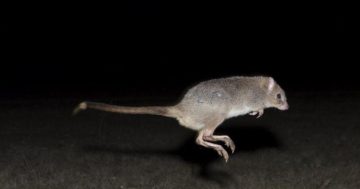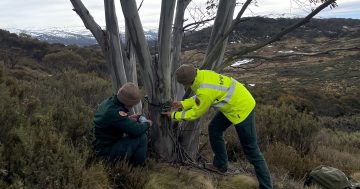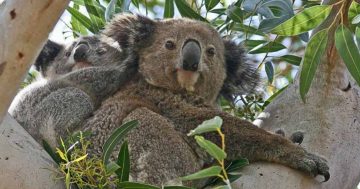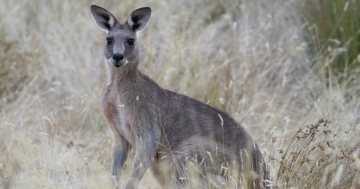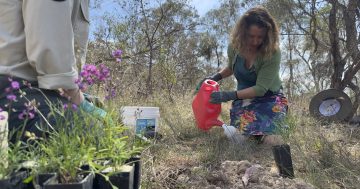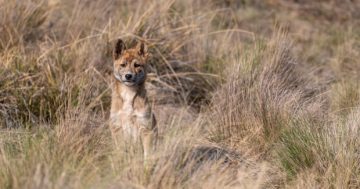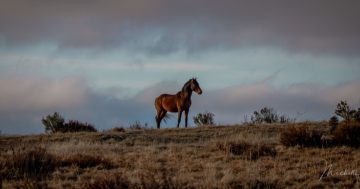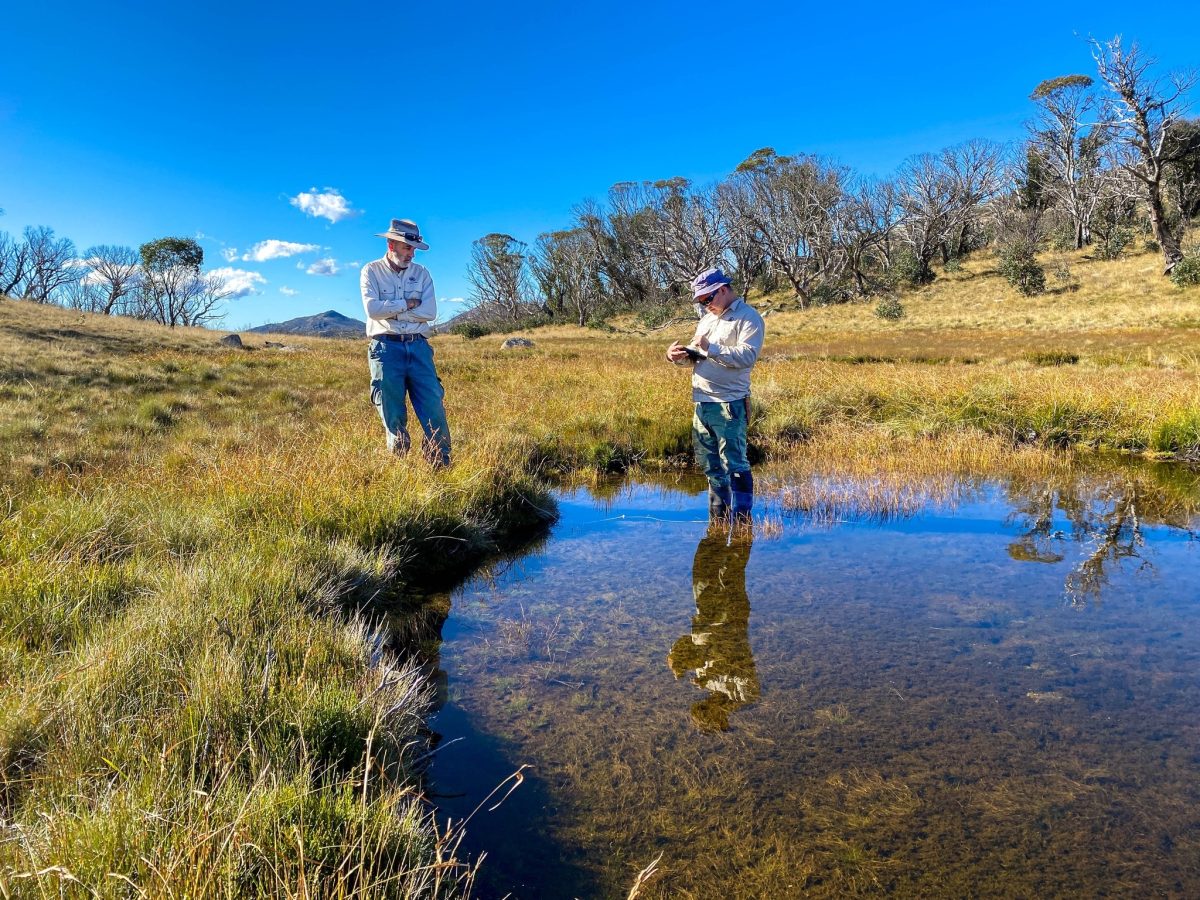
A new action plan’s been developed to better protect the Territory’s bogs and fens, also known as alpine wetlands. Photo: EPSDD.
Protecting Canberra’s alpine wetlands has been identified as a key priority as six species have been elevated on the Territory’s endangered list.
The Hooded Robin, Riek’s Crayfish, Broad-toothed Rat, Dwarf Violet and Hoary Sunray have been reclassified as endangered, and the Ginninderra Peppercress is now considered critically endangered.
Environment Minister Rebecca Vassarotti described their new status as “heart-breaking”.
“These species, which rely on bog and fen wetlands to thrive, have all been uplisted to either endangered or critically endangered as the destruction of their habitat continues under climate change,” she said.
“Many people might not have heard of bogs and fens, but they are vital wetland ecosystems that support some of our most vulnerable native species.”
While bogs and fens might conjure up images of the Scottish Highlands, they are present in the Territory.
They’re peaty, mossy and spongey wetlands that provide natural filtration of water, capture and store carbon, and create habitats for local species.
The alpine wetlands, particularly in the Namadgi National Park, have especially come under stress following the bushfires in 2003 and 2020.
The ACT Government has created the High Country Bogs and Associated Fens Ecological Community Action Plan in an effort to ensure their survival.
ANU Institute of Climate Energy and Disaster Solutions’ Dr Ben Keaney said it was incredibly important to provide a template for the conservation of the ACT’s peatlands.
“There are several threats to bogs and fens in the ACT such as fire, climate change and invasive species,” he said.
“Land managers require clear guidelines, and to be empowered to react swiftly where damage to peatlands is recorded.”
Bogs and fens are already listed as endangered in the Territory.
Main aspects of the plan are around comprehensive long-term monitoring, researching ways to restore habitat and create havens for fauna species, and making sure land management practices are giving these areas the best chances to recover, repair and thrive.
Ms Vassarotti said it was an important step in the right direction, but getting more resources was always important.
“I think one of the challenges is, when we get to the point where we see species threatened or critically endangered, we need more resources to ensure they do hang on and don’t become extinct,” she said.
“What we’d like to do is get to a point where we are managing our ecosystems where we’re not seeing species getting to that point of critical endangerment.”
The ACT Government has announced three new projects to protect and preserve threatened species in parks and reserves.
The ecologically significant sites chosen for special restoration include the Urambi Hills and Bullen Range, Mount Majura and Mount Ainslie, and Namadgi National Park.
Ms Vassarotti said the three project sites were chosen due to their high environmental value.
“Over the coming months our environment team will be hard at work alongside the Ngunnawal community to boost and improve our land management practices by planting more trees, removing more weeds and undertaking prescribed burning to revitalise plants in the area,” she said.
“This program will seed native plants to make endangered woodlands healthier, and it will return important natural elements like logs and rocks to the ecosystems, creating homes for threatened species like the Pink-tailed Worm-lizard and woodland birds.”
Their rehabilitation has been funded under the Conserving Canberra: Habitat Restoration program from the 2023 ACT Budget.
The projects particularly target the protection of the critically endangered Yellow Box and Red Gum Grassy Woodland and Natural Temperate Grasslands in Canberra.














